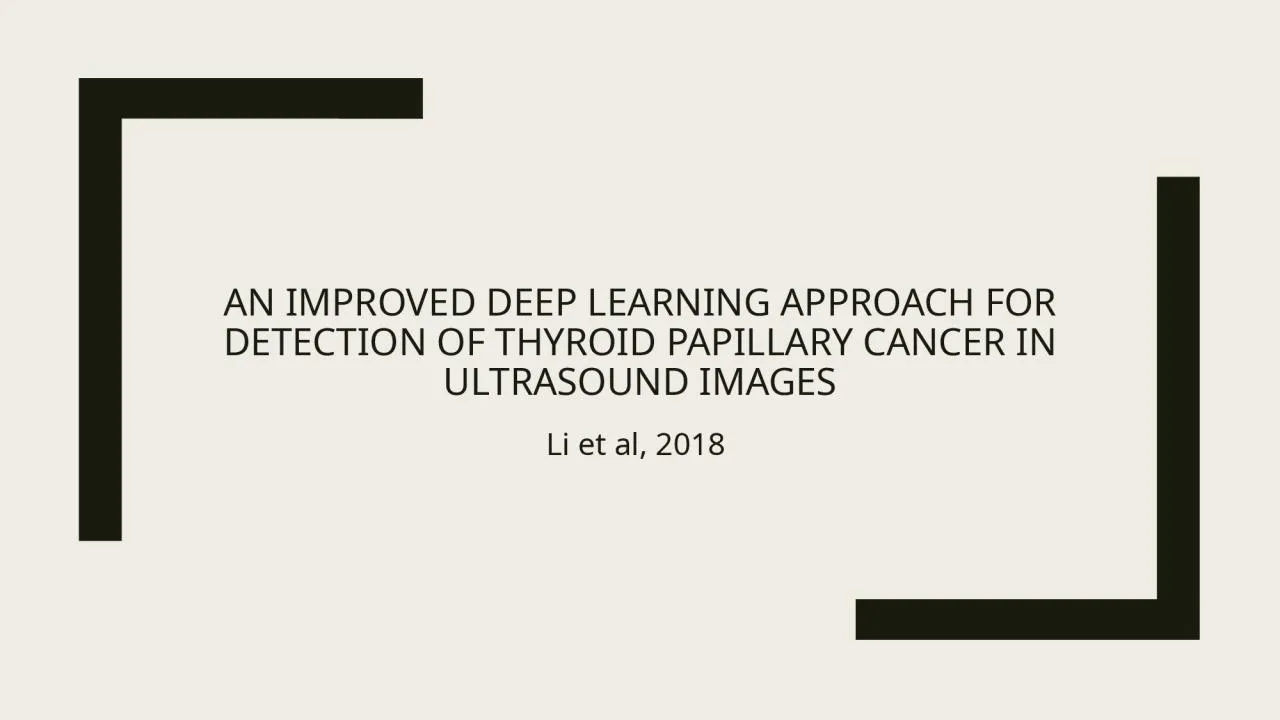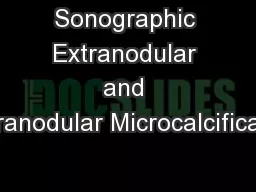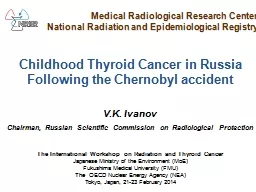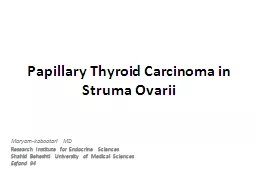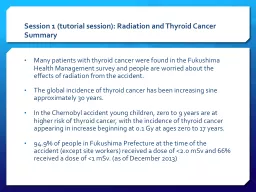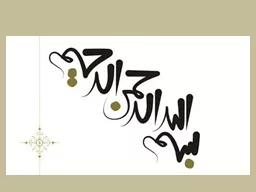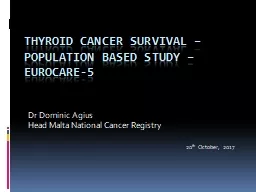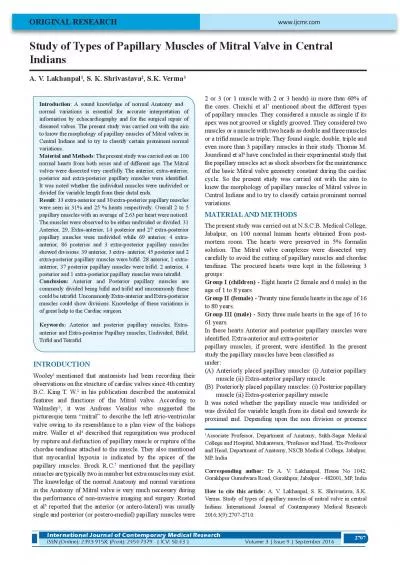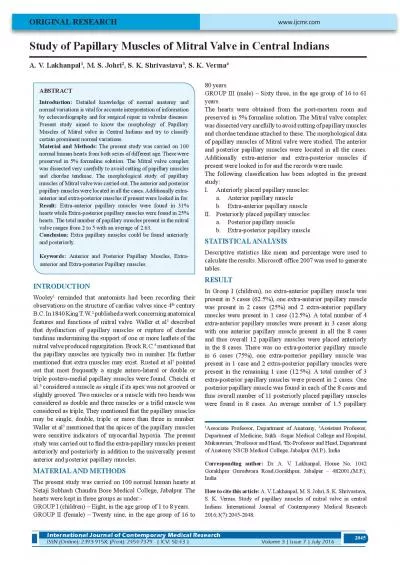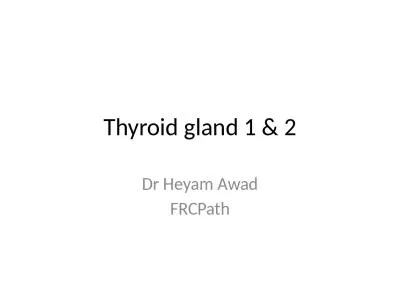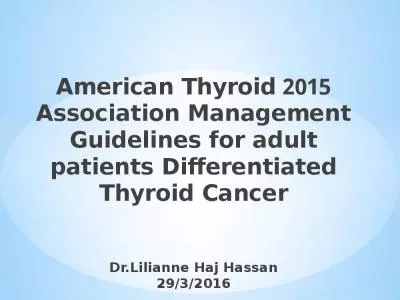PPT-An improved deep learning approach for detection of thyroid papillary cancer in ultrasound
Author : ava | Published Date : 2022-06-01
Li et al 2018 Outline Background Methods Results Background Object detection classification localization Classifcation what is the object Localization
Presentation Embed Code
Download Presentation
Download Presentation The PPT/PDF document "An improved deep learning approach for d..." is the property of its rightful owner. Permission is granted to download and print the materials on this website for personal, non-commercial use only, and to display it on your personal computer provided you do not modify the materials and that you retain all copyright notices contained in the materials. By downloading content from our website, you accept the terms of this agreement.
An improved deep learning approach for detection of thyroid papillary cancer in ultrasound: Transcript
Download Rules Of Document
"An improved deep learning approach for detection of thyroid papillary cancer in ultrasound"The content belongs to its owner. You may download and print it for personal use, without modification, and keep all copyright notices. By downloading, you agree to these terms.
Related Documents

